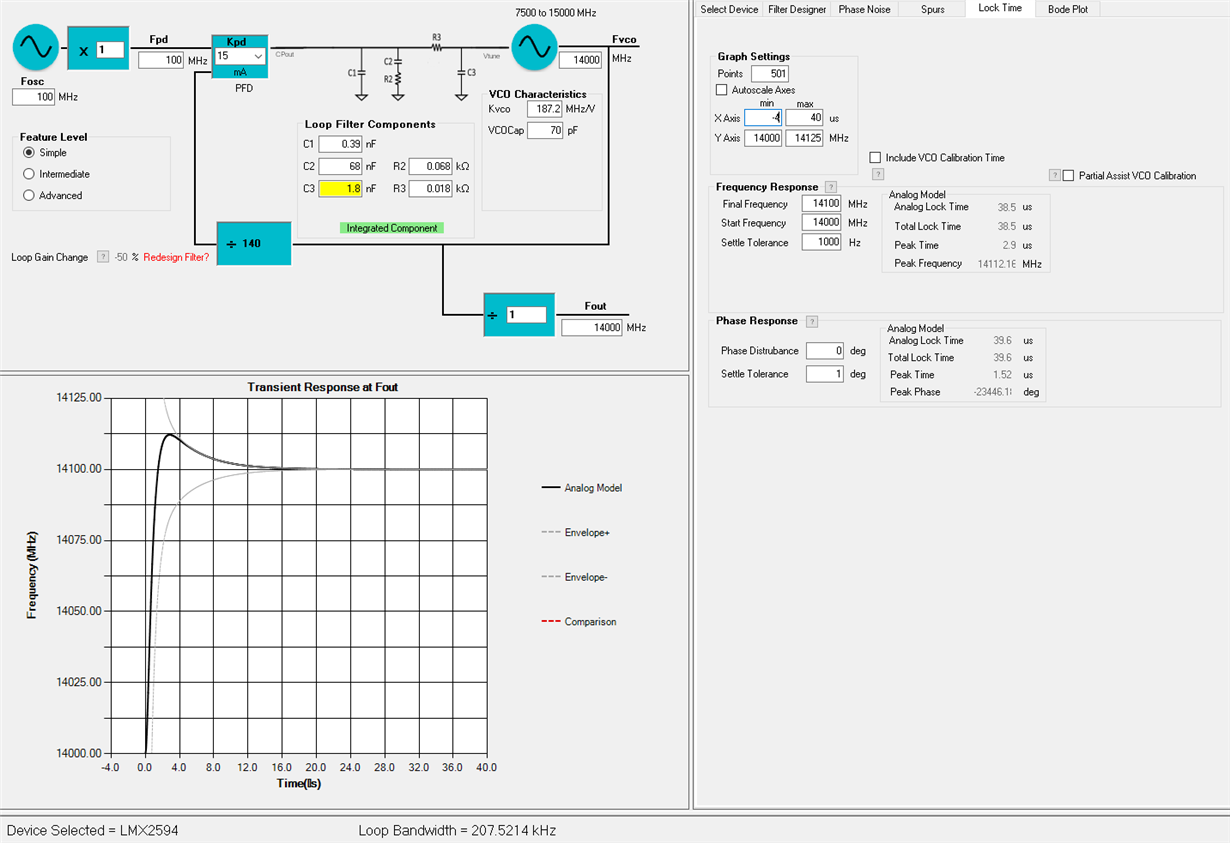A TI employer answered that the minimum ramp duration is 1/fpd.
Does this mean we get in this small time a nice linear ramp with
a very high frequency slew rate?
E.g., if fpd= 100 MHz and the ramp is from 14 to 14.1 GHz (inside
VCO7, so no calibration necessary) the slew rate is 10^16 Hz/s,
i.e., 10 GHz/us?
It is mentioned that for ramps with calibration the slew rate
is maximum 250 kHz/us.





